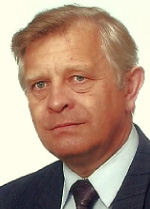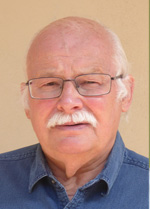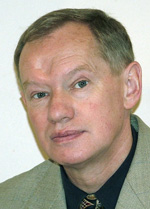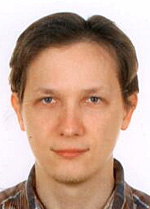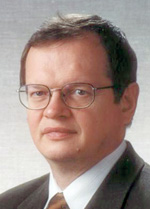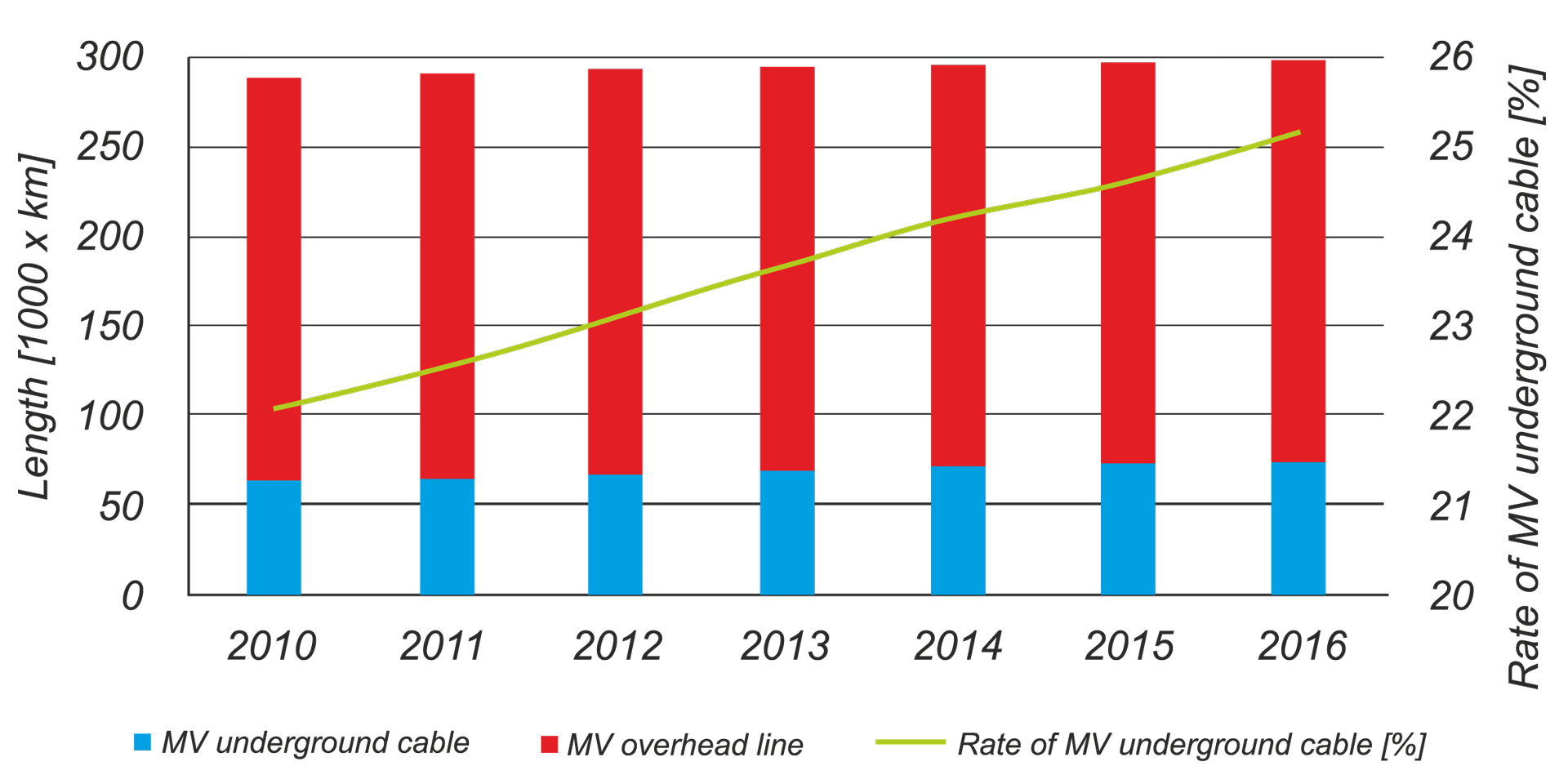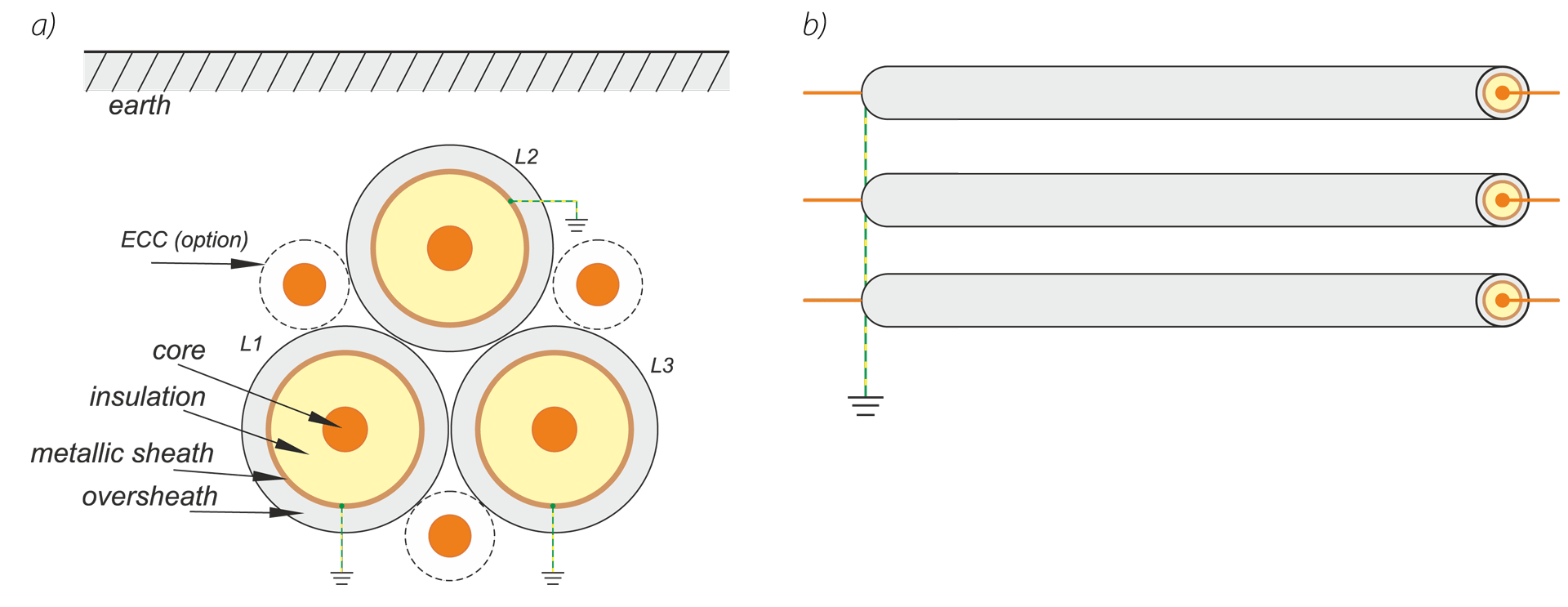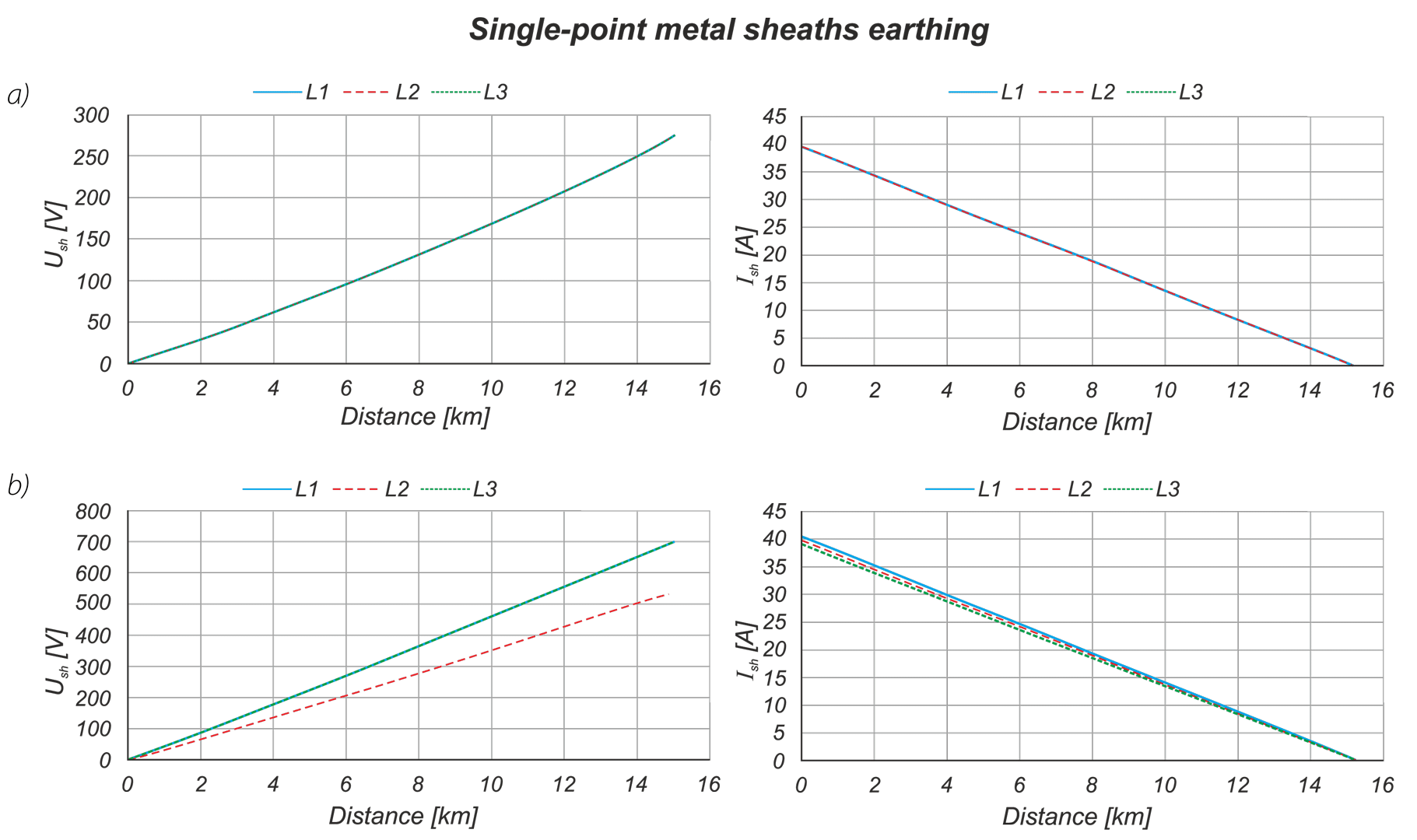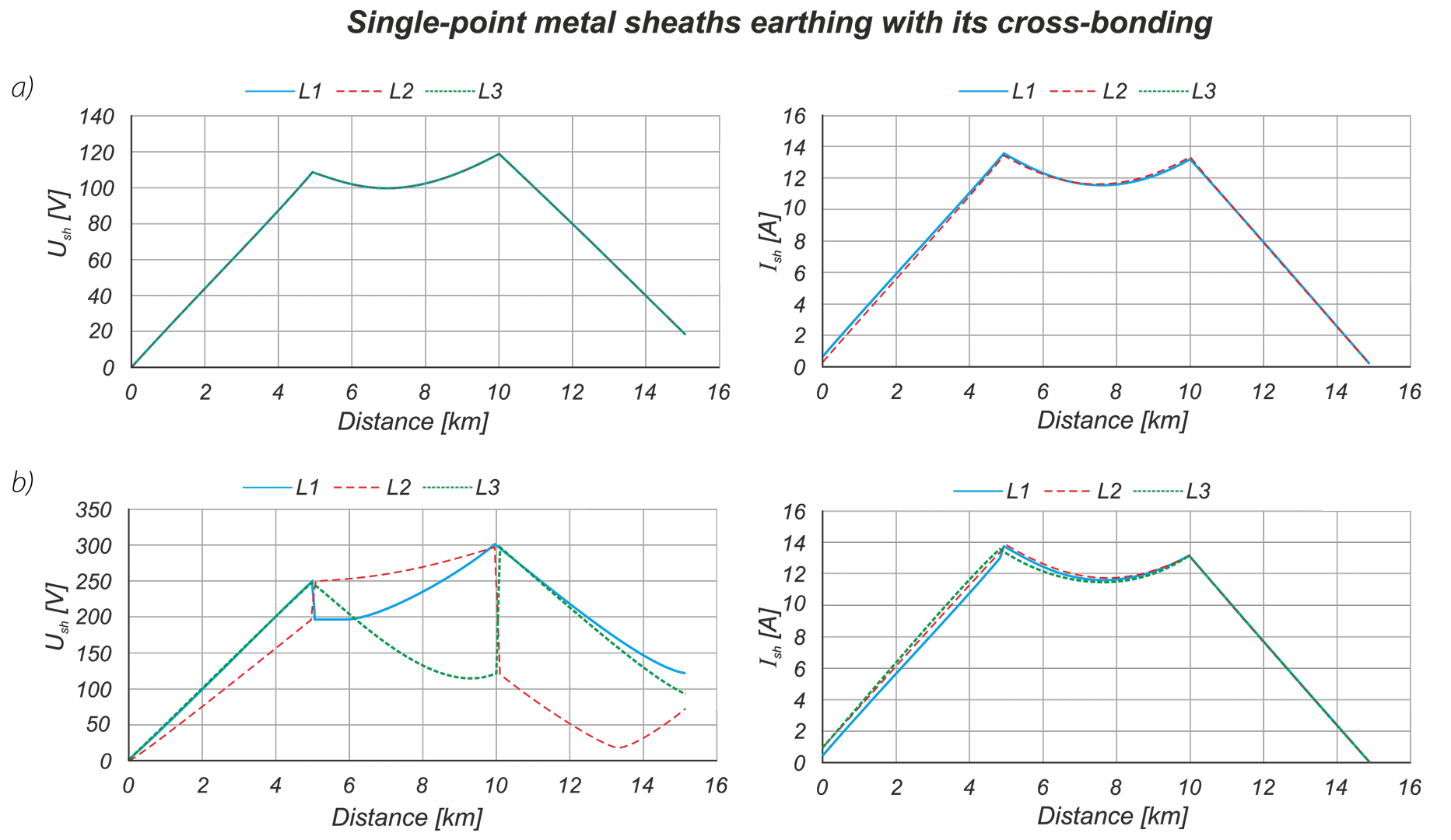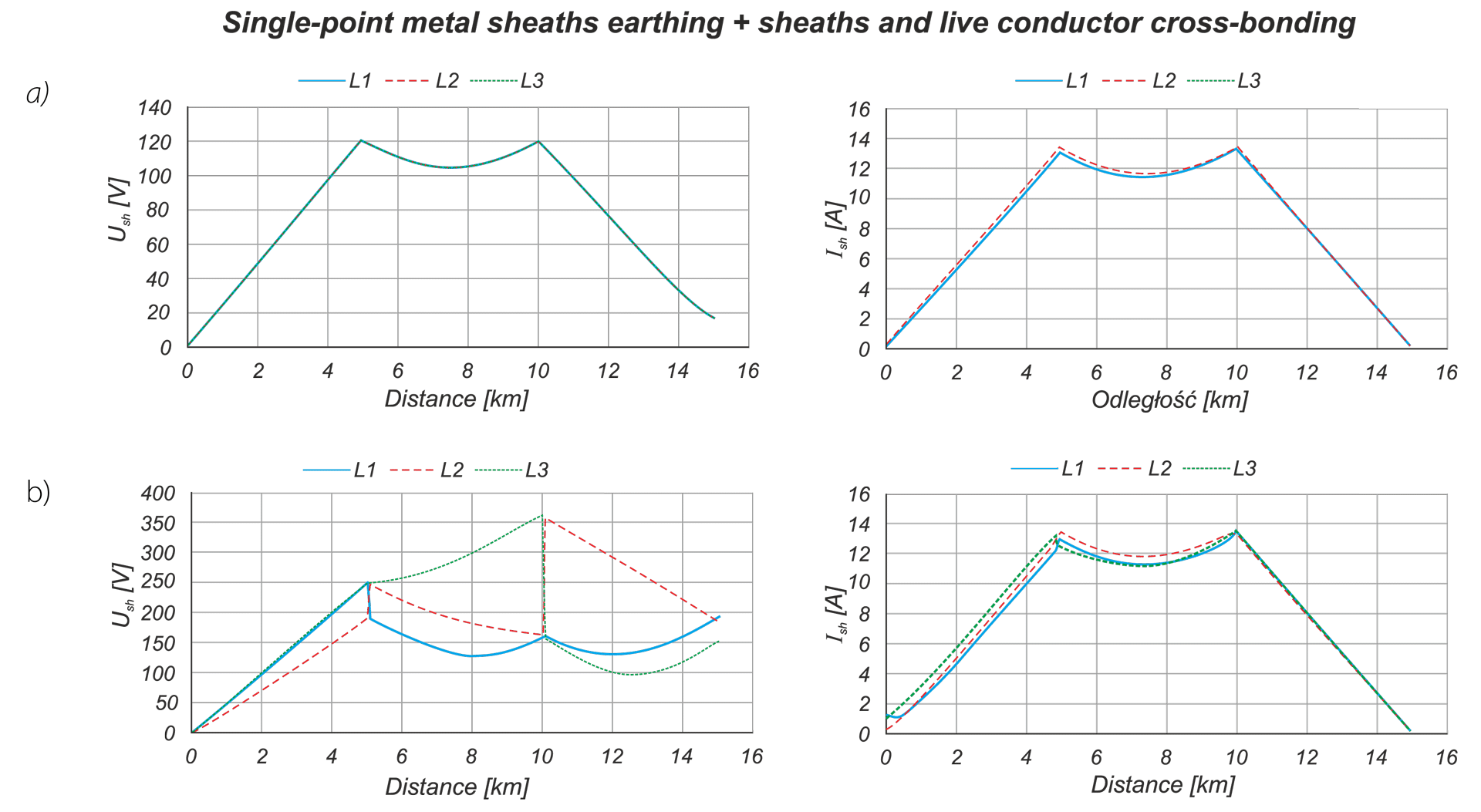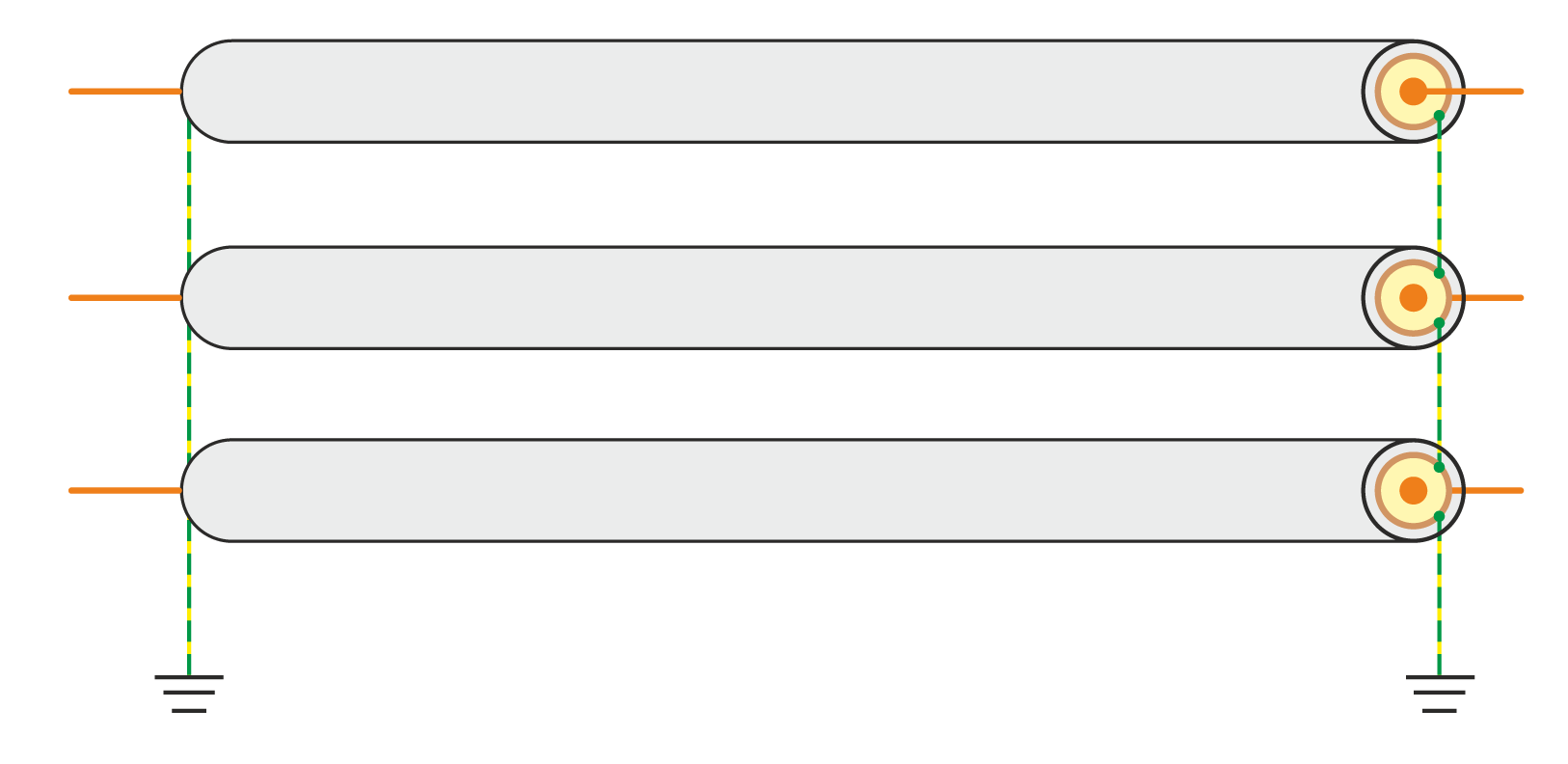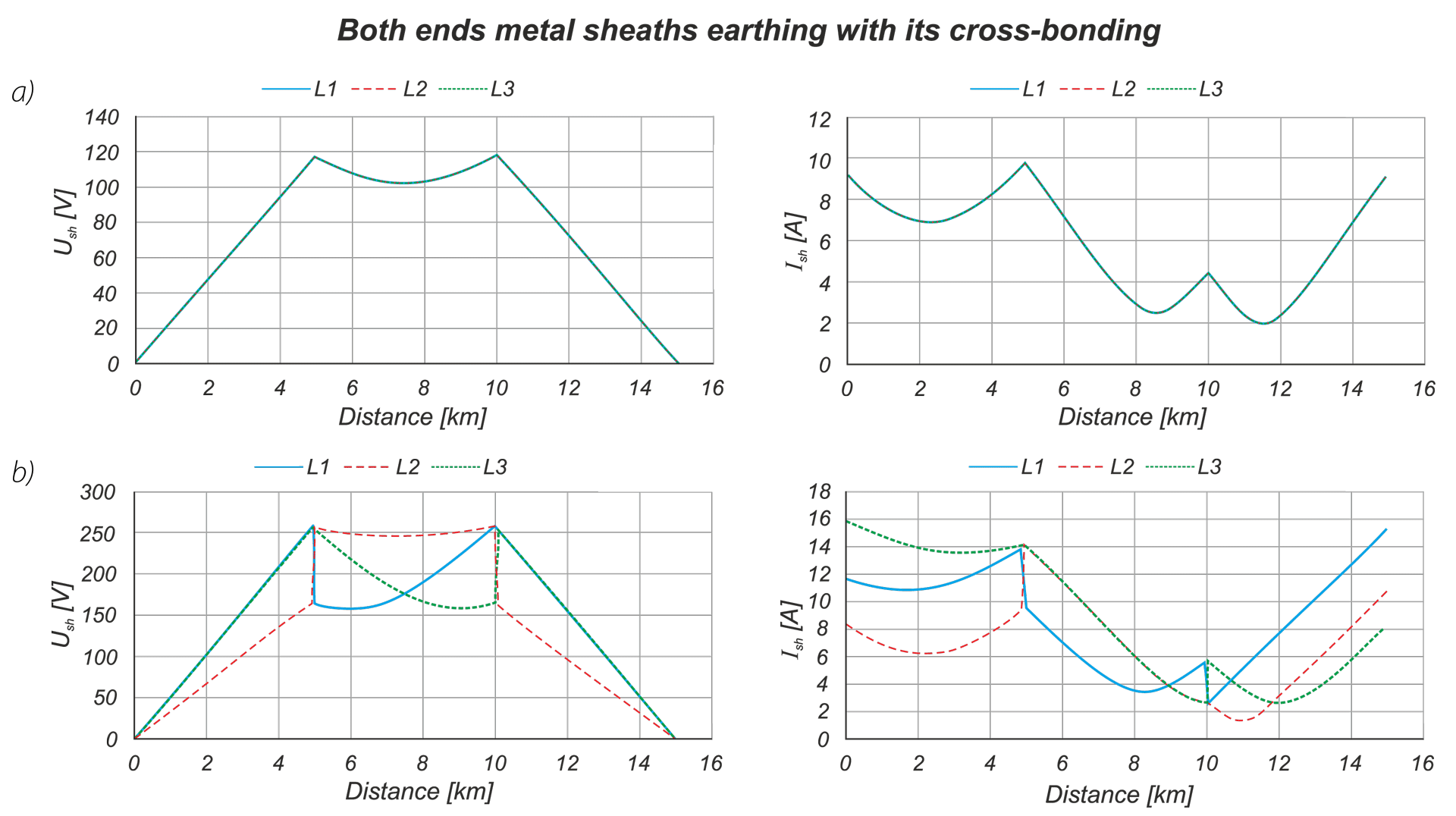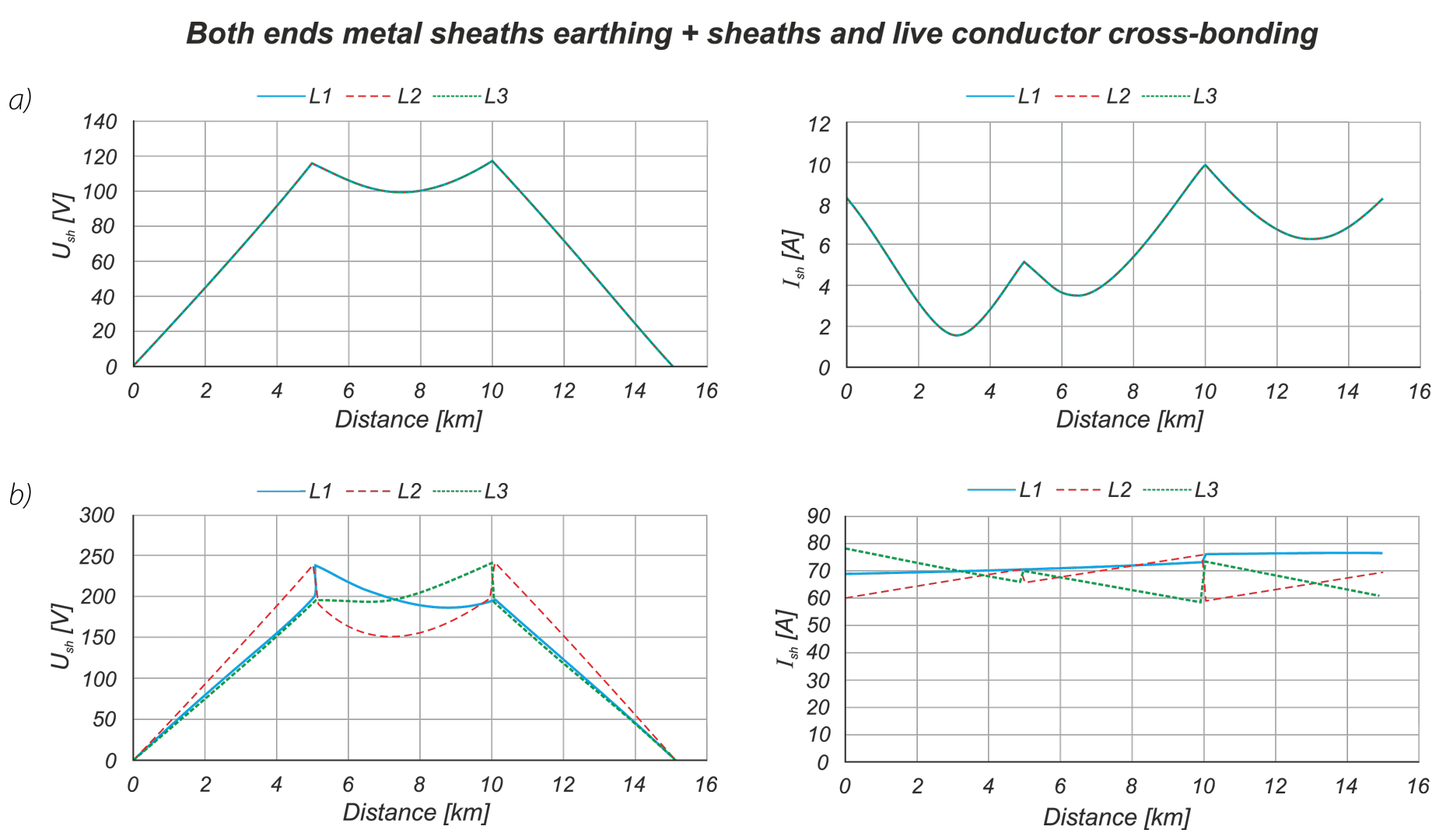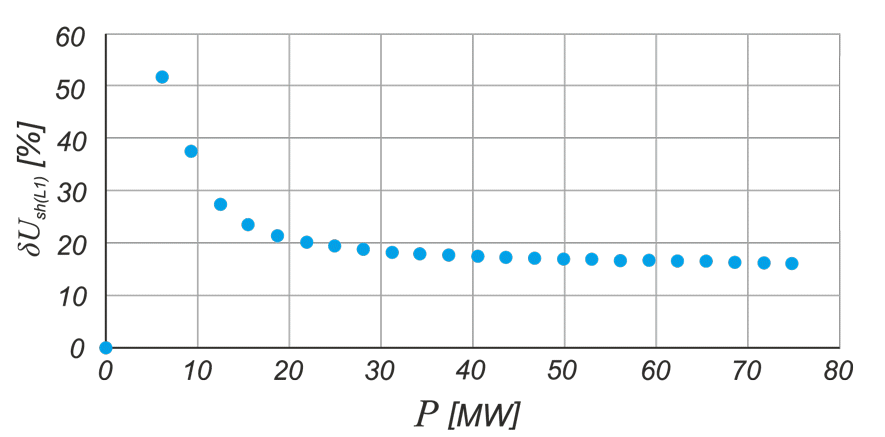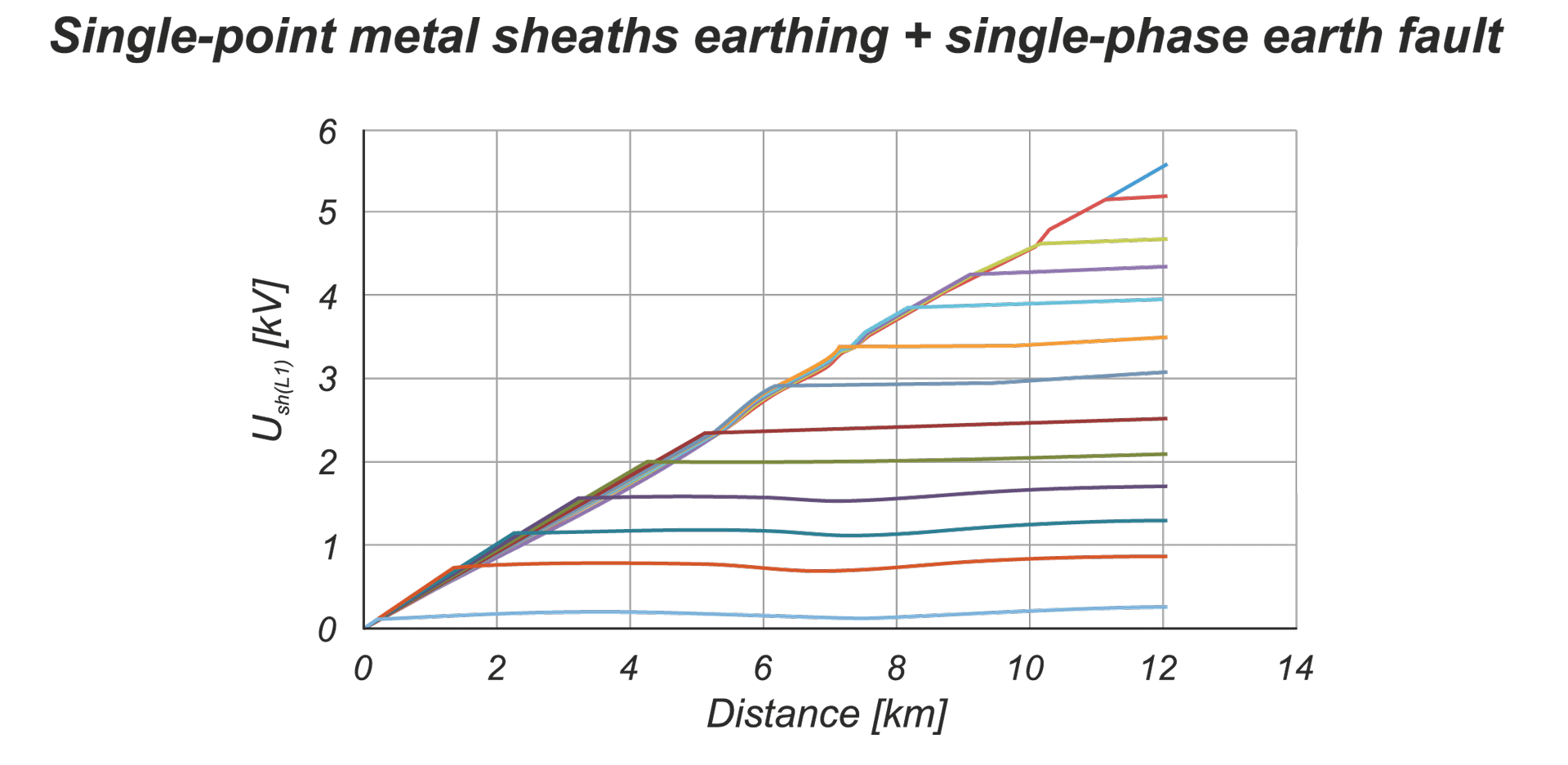E-journal for electrical and electronic engineers
AUTOMATYKA, ELEKTRYKA, ZAKLOCENIA
(AUTOMATICS, ELECTROTECHNICS, DISTURBANCES)
vol. 10, Nr 2 (36) 2019
Modelowanie linii kablowych SN i WN
Krzysztof DOBRZYNSKI, Jacek KLUCZNIK, Zbigniew LUBOSNY
Abstract
Overhead and cable lines are fundamental elements of power systems. Participation of cable lines is smaller and their percentage decreases as voltage is increased. HV cable lines are often built with the use of cables which are composed of coaxial metallic sheaths. Such cables are also often used in MV networks. The sheath may operate in different confgurations. In the case of Polish MV network the sheaths are earthed at both ends. However, in case of HV cable lines different systems are applied and their confguration should be justifed by model analysis in each individual case.
Keywords
currents induction, volages induction, cross bonding, metal sheath
Fig.
Bilbiography
[1] Rakowska A., Development of power cable lines and service expectations. Przegląd Elektrotechniczny, 2006 R 82, nr 3, 31-35.
[2] Tomczykowski J., Wpływ niezawodności linii SN na poziom wskaźników SAIDI/SAIFI. Konferencja Naukowo-Techniczna Elektroenergetyczne Linie Napowietrzne i Kablowe Niskich i Średnich Napięć. 17-18.10.2018, Wisła.
[3] Urząd Regulacji Energetyki, Regulacja jakościowa w latach 2018-2025 dla Operatorów Systemów Dystrybucyjnych. Warszawa, 17 wrzesień 2018 r.
[4] Kwidziński L., Modern methods of laying distribution cables. Wiadomości elektrotechniczne, 2018/5, s. 21-24, DOI:10.15199/74.2018.5.5.
[5] CEER Benchmarking Report 6.1 on the Continuity of Electricity and Gas Supply. Council of European Energy Regulators, Ref: C18-EQS-86-03, 26 July 2018, Brussels, Belgium.
[6] IEEE Guide for Bonding Shields and Sheaths of Single-Conductor Power Cables Rated 5 kV through 500 kV. IEEE Std 575™-2014.
[7] Jung C. K., Lee J. B., Kang J. W., Wang Xinheng, Song Yong-Hua, Characteristics and reduction of sheath circulating currents in underground power cable systems. Intern. Journal of Emerging Electric Power Systems, vol. 1, no. 1, 2004, s. 1–17, DOI: 10.2202/1553-779X.1008.
[8] Jung C. K., Lee J. B., Kang J. W., Wang Xinhen, Sheath circulating current analysis of a crossbonded power cable systems. Journal of Electrical Engineering & Technology, vol. 2, no. 3, 2007, s. 320–328.
[9] Li Zhonglei, Du B. X., Wang L., Yang C., Liu H. J., The calculation of circulating current for the single-core cables in smart grid. Innov. Smart Grid Technologies, ISGT, Asia, 21–24 May 2012, DOI: 10.1109/ISGT-Asia.2012.6303176.
[10] Jakubowski J., Kibler M., Pasniewski M., Corss-bonding in Middle Voltage Distribution Grids as a Method of Energy Efciency Improvement. International Conference on Electricity Distribution (CIRED), 6-9 June 2011, Frankfurt, Germany, Paper 0438.
[11]Norma SEP-E-004:2014. Elektroenergetyczne i sygnalizacyjne linie kablowe. Projektowanie i budowa.
[12]Norma EN 50522:2010 Earthing of power installations exceeding 1 kV a.c.
[13] Technical Reference Documentation. Cable System, DIgSILENT GmbH, December 2016, Version 2017, Edition 1.
[14] A. Ametani. A General Formulation of Impedance and Admittance of Cables. IEEE Transactions on Power Apparatus and Systems, PAS-99(3), May 1980.











